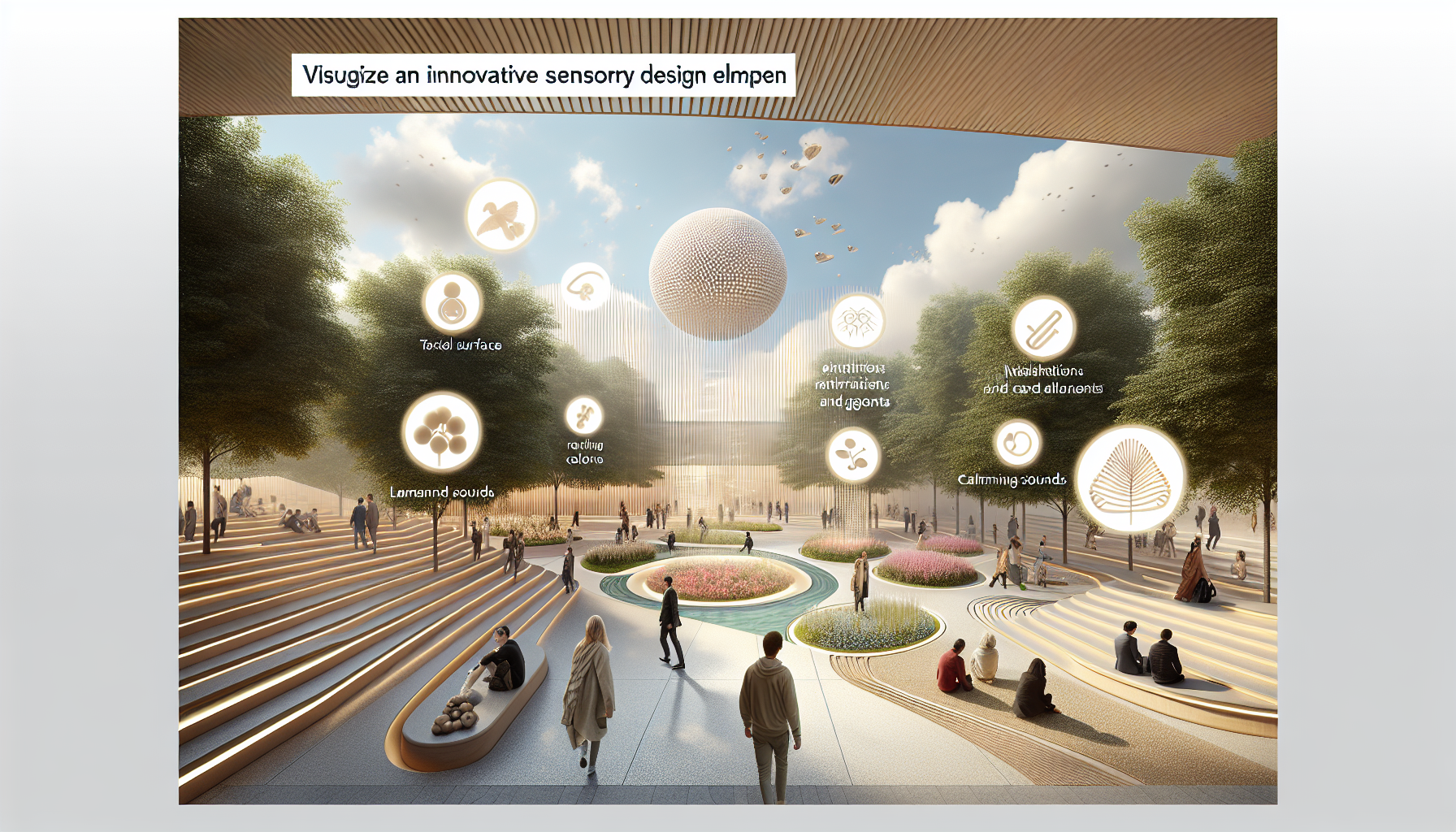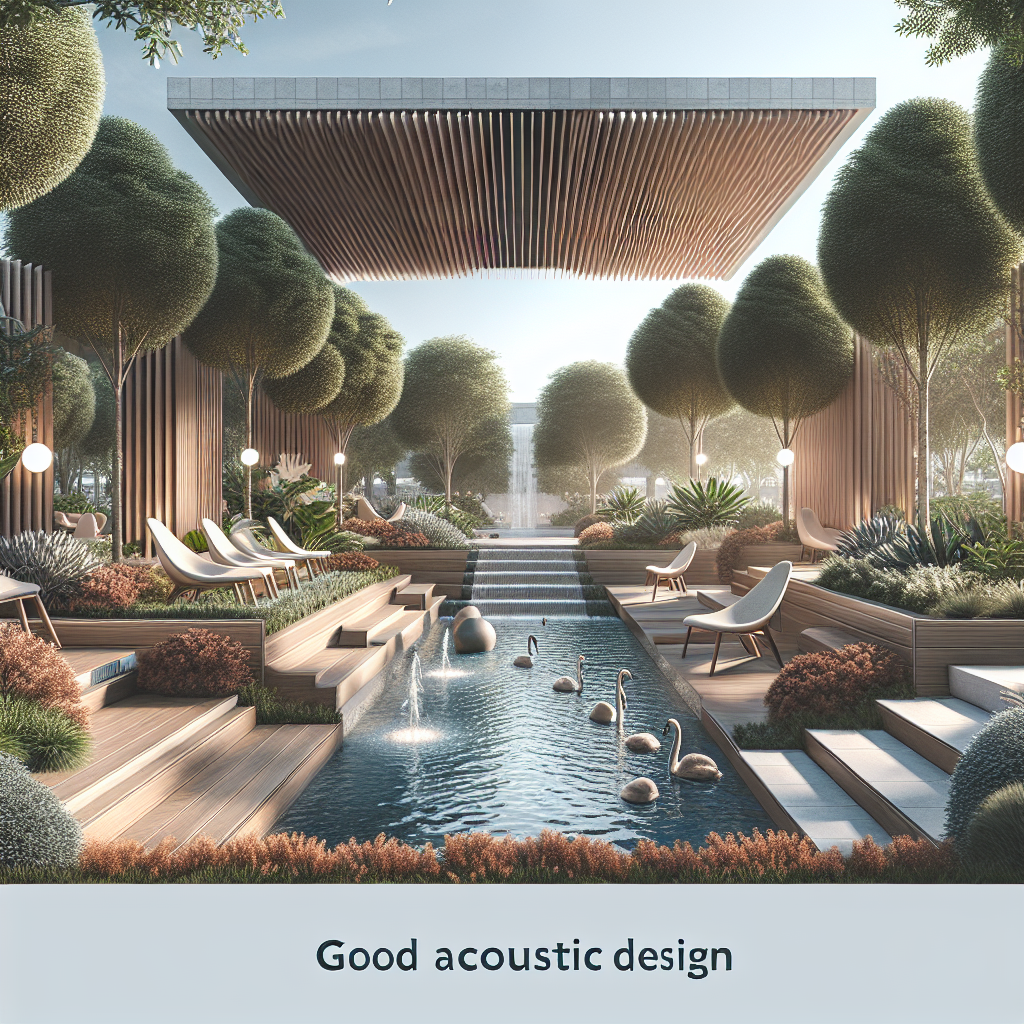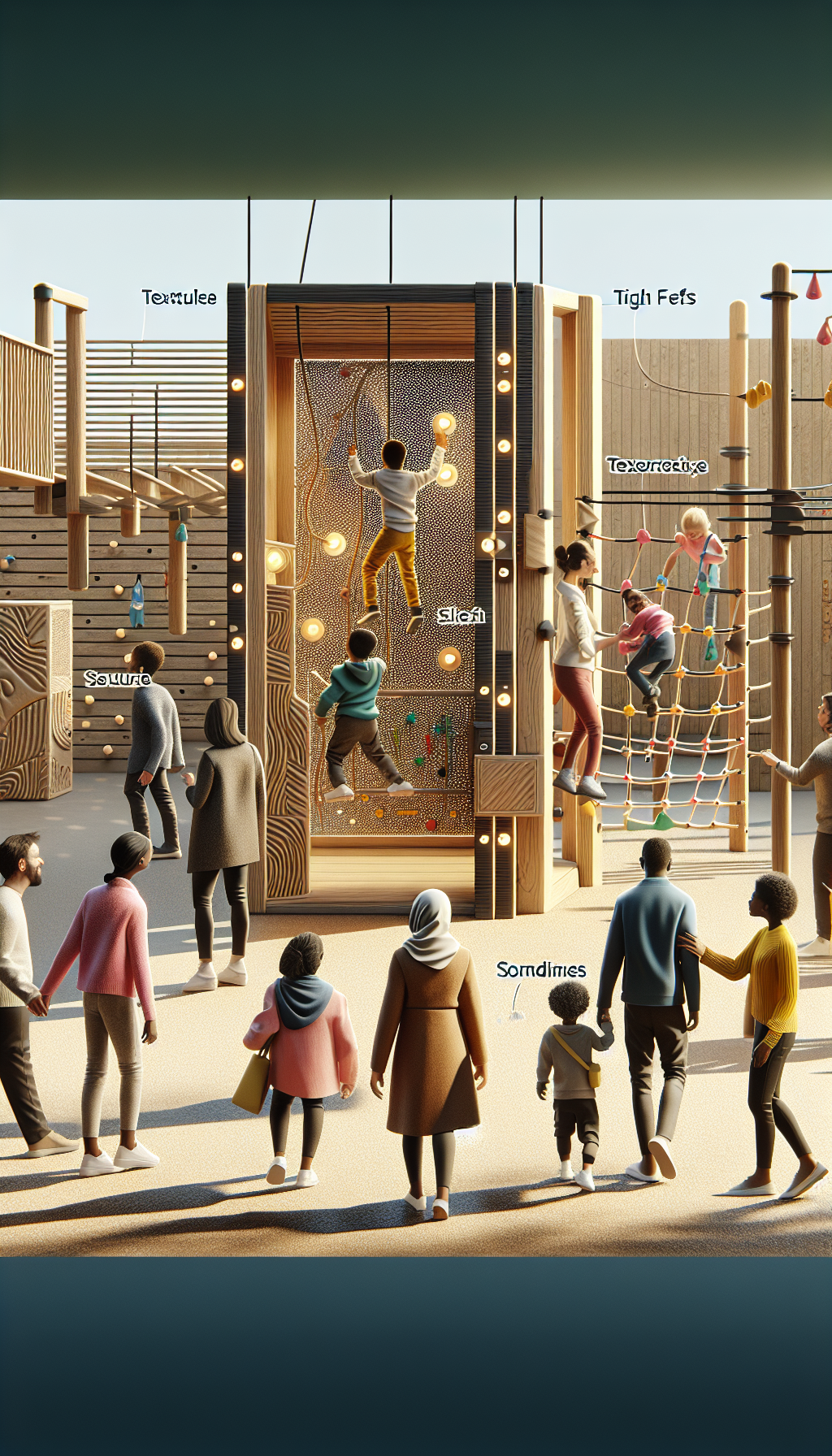In our fast-paced world, the spaces we inhabit play a crucial role in our sensory experience and overall well-being. Sensory intelligent design in public spaces is an emerging approach that recognizes the importance of catering to the diverse sensory needs of individuals. This article delves into the principles and applications of sensory intelligent design, and how it can transform public areas into inclusive, engaging, and therapeutic environments for all.
The Essence of Sensory Intelligent Design
Sensory intelligent design is a user-centric approach that involves the thoughtful integration of sensory elements within a space to create positive, inclusive, and supportive experiences for its users. It extends beyond mere aesthetic appeal to encompass how a space ‘feels’ — addressing sight, sound, touch, smell, and even taste.
Sensory Experiences and Cognitive Well-being
The role of sensory experiences in cognitive well-being is profound. Engaging sensory design can help mitigate cognitive decline by providing stimulating environments that encourage mental activity and social interaction. These spaces can serve as a catalyst for memory, attention, and other cognitive processes, which is particularly beneficial in elderly care settings and educational environments.
Sensory Integration in Therapy and Performance
Sensory integration is also a key component in therapeutic settings and performance enhancement. Techniques that blend sensory experiences, such as those used in speech therapy and to boost athletic performance, highlight the importance of sensory-rich environments. Sensory intelligent design in public spaces can therefore support therapeutic goals and enhance physical abilities by providing the sensory inputs necessary for optimal function.
Designing for Sensory Needs
Creating sensory intelligent spaces involves a multidisciplinary approach, combining insights from architecture, psychology, occupational therapy, and more. Here are some key components of sensory design in public spaces:
Visual Harmony
A visually harmonious space can significantly reduce stress and improve mood. The inclusion of natural elements, such as plants and water features, and the use of calming colors can create a serene environment conducive to relaxation and focus.
Acoustic Comfort
Soundscapes are critical in sensory design. Quiet zones, sound-absorbing materials, and the strategic placement of sound sources can create an acoustic environment that reduces noise stress and fosters tranquility.
Tactile Engagement
Incorporating a variety of textures and materials can cater to tactile preferences and needs. This is especially important for individuals with sensory processing challenges, for whom tactile engagement can be both comforting and stimulating.
Olfactory Considerations
Scents have the power to evoke memories and emotions. Sensory intelligent design can include the use of natural fragrances to enhance mood and create a memorable experience.
Taste and Public Spaces
While taste is less commonly addressed in public space design, elements such as community gardens or food markets can engage this sense and contribute to the overall sensory experience.
Implementing Sensory Design in Public Spaces
The implementation of sensory intelligent design requires an understanding of the community’s needs and the specific functions of the space. Here are some applications:
Parks and Recreational Areas
Sensory gardens, like those found in community settings, are an excellent example of sensory design. They offer a respite from urban stressors and can be particularly therapeutic for individuals with special needs.
Educational Institutions
Schools and universities can benefit from sensory design by incorporating elements that enhance learning and concentration, such as interactive installations and quiet study areas.
Healthcare Facilities
Sensory design in healthcare can facilitate healing and comfort. For elderly care facilities, sensory modifications can help create a supportive atmosphere that caters to the sensory needs of older adults.
Urban Public Spaces
Sensory intelligent design in urban spaces can promote social interaction and community engagement. This can range from interactive art installations to multisensory playgrounds that cater to children and adults alike.
The Broader Impact of Sensory Design
Sensory intelligent design has the potential to create spaces that are not only functional but also nurturing. By considering the sensory impact of a space, designers can contribute to public health and wellness, inclusivity, and the creation of meaningful experiences.
External Resources Supporting Sensory Intelligent Design
To further explore the impact of sensory design in public spaces, the following resources offer in-depth insights:
- The Institute for Human Centered Design provides guidelines and resources on creating inclusive spaces that accommodate a wide range of sensory needs.
- Research published in the Journal of Environmental Psychology often includes studies on the psychological impact of sensory elements in space design.
- The Sensory Trust offers a wealth of information on creating accessible, sensory-rich environments for people of all ages and abilities.
In conclusion, sensory intelligent design for public spaces is a transformative approach that enriches our daily interactions with the environment. It fosters inclusivity, enhances cognitive and therapeutic outcomes, and contributes to the overall quality of life. As we continue to recognize the importance of sensory experiences, the integration of intelligent design in public spaces will undoubtedly become a staple in the creation of vibrant, healthy communities.



